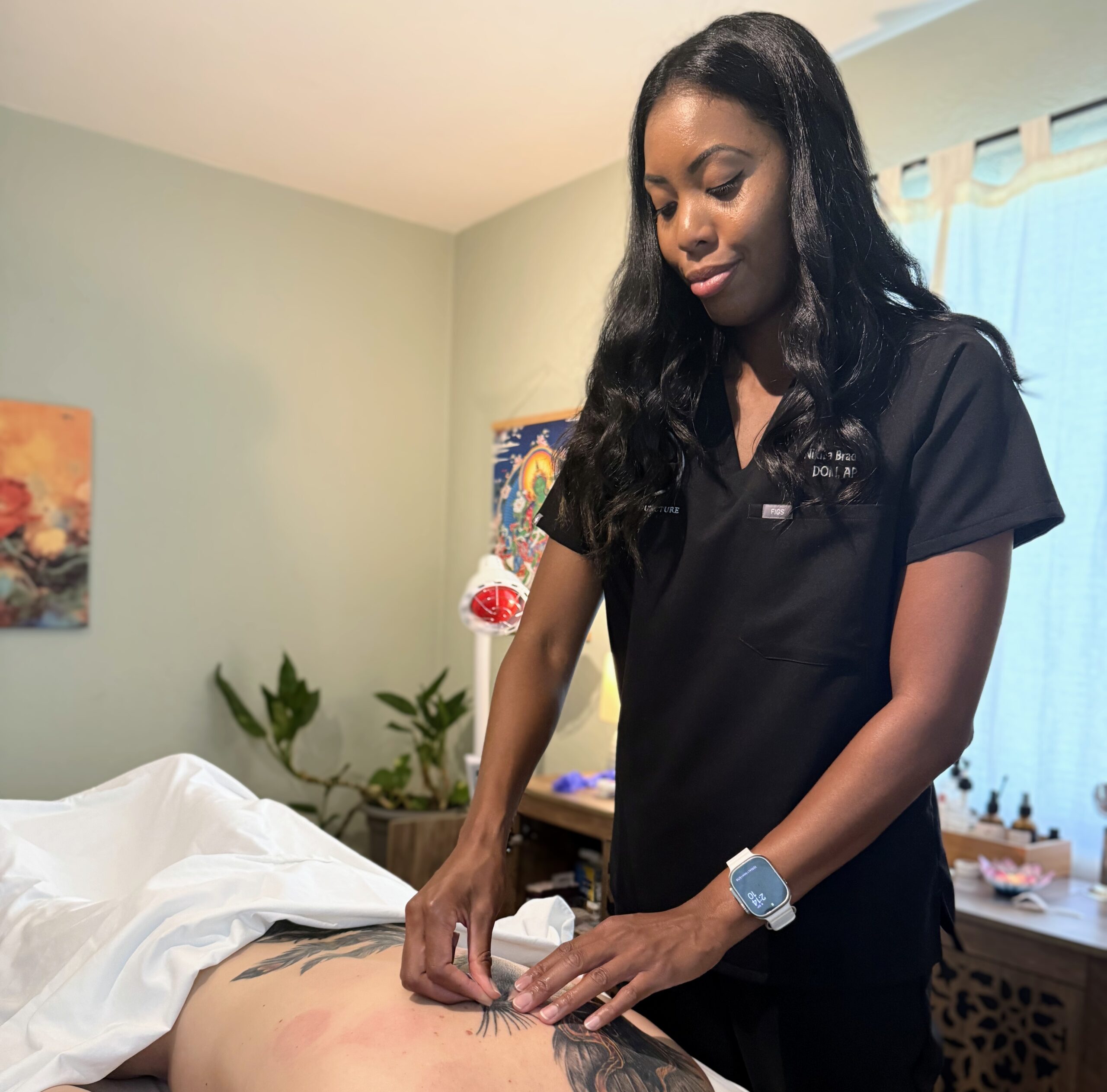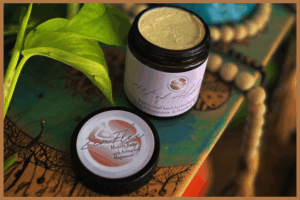All three techniques involve the insertion of thin needles into the body’s tissue- but what makes them unique from one another?
Dry needling, also known as trigger point needling, involves stimulating myofascial trigger points to relieve pain and muscle tension and is considered the simplest form. Myofascial trigger points are hyperirritable spots in skeletal muscle that cause pain and restriction. This modality is often performed by a physical therapist or chiropractor who have completed 27-72 hours of needle training (in states where it is permitted). Dry needling can be effective for a range of musculoskeletal conditions.
Intramuscular Stimulation (IMS) and Motor Point needling are closely related. IMS uses needles to stimulate nerve endings within muscles. This improves nerve function and reduces pain associated with nerve dysfunction. IMS is particularly effective for treating neuropathic pain and nerve-related dysfunction, such as pain associated with herniated discs, whiplash, and rheumatoid arthritis. IMS may provide longer-lasting results than dry needling alone.
Motor Point needling focuses on the specific points where the motor nerves enter the muscle. These points have the greatest influence on electrical activity and, therefore, the greatest impact on pain. By stimulating these motor points, the technique is “releasing and resetting” muscle spindles and communicating with our central nervous system (CNS), which will improve muscle strength, increase range of motion, and reduce pain. By stimulating these motor points, the technique aims to improve muscle strength, reduce pain, and address nerve-related issues as well. By stimulating the motor point(s) of a muscle, we can effectively simultaneously release multiple trigger points. Electrical stimulation may also be incorporated into your treatment to enhance muscle activation. Needling at these points can trigger a local twitch response (LTR). An LTR is an involuntary muscle contraction which can help release and reset dysfunctional muscle spindles, correct muscle imbalances, reverse or slow atrophy and improve overall muscle activation.
As with all forms of needling, sensations may vary. Common reported experiences include muscle twitching or fasciculation, an electrical sensation, and a deep, achy feeling.
As an acupuncturist, I use a combination of IMS and motor point needling. I think of them as being more efficient. While dry needling is beneficial, it involves needling multiple trigger points in a muscle, resulting in greater soreness and a longer recovery time. On the contrary, with motor point needling, I’m able to release multiple trigger points at once by only needling 1-2 motor points of a muscle. Coincidentally, most motor points are acupuncture points, and with thousands of hours of clinical supervised hours, I find them safely and quickly.
Although there are many forms of needling, acupuncture encompasses these and other various techniques. Your practitioner will assess your condition utilizing a holistic approach and select the appropriate blend of techniques catered to your unique healing journey. If you’re in the St. Petersburg/Tampa Bay area and looking for expert acupuncture care to treat pain, improve muscle function, and restore balance, contact us today to schedule a session.

